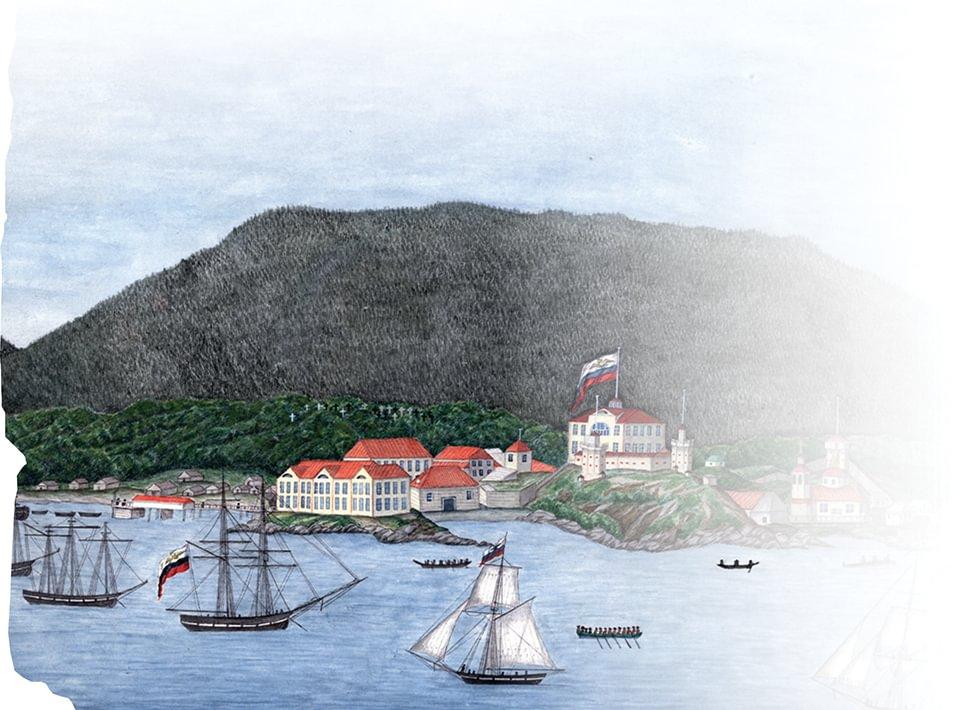
The harbour in Sitka, Alaska, as it appeared in circa 1837. At the time, it was still known as Novo Arkangelsk.
© Public domainThe Battle of Sitka (1804) is often overlooked in North American history. It unfolded between unique wooden-armored Native Americans and Russian-American Company (RAC) fur traders, sailors, and native allies. Fortunately, several very informative first-hand accounts were recorded both by Russian and Tlingit participants, so we have sources from both sides.
The Tlingit (pronounced Klinck-it) were settled in the rocky densely forested southeastern Alaska coastline when the Russians arrived. They were a network of tribes with a powerful warrior culture and were skilled hunters, fishmen, handicraftsmen, and traders. The Tlingits possessed a strong seafaring culture and carved boats (called Yaaku) out of single logs that could carry as many as 30-60 warriors to distances of 150-200 miles a day! The Americans and Europeans frequently traded with these Natives and supplied them with firearms, ammunition, cannons, rum, cloths, beads, and metal objects.
As early at 1741, the Russians began to form camps in Tlingit territory, sending hunting parties deep into their domain in




